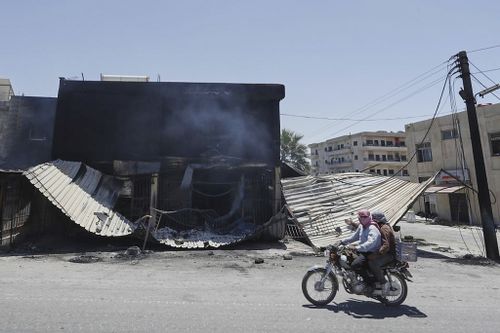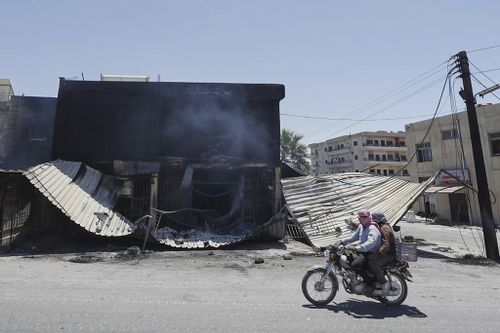Share this @internewscast.com
Following the rapid rebel advance in early December, which ousted President Bashar Assad, skirmishes have repeatedly erupted between pro-government forces and Druze fighters. However, this week’s clashes have reached unprecedented levels of violence.
Here are the main reasons the clashes expanded in recent days and background on the two sides:

Concerns that sectarian violence could rise
The fighting has sparked fears of escalating sectarian violence. An ambush on government security in March by Assad-loyal fighters led to days of sectarian and retaliatory attacks, resulting in the deaths of hundreds of civilians, mainly from the Alawite sect to which Assad belongs. An investigative commission was established but its findings remain undisclosed.
Additionally, there have been growing tensions between Damascus authorities and the Kurdish-led forces in the northeast. Despite having agreed to integrate their forces in March, both parties have reached a stalemate, and the agreement has not been executed.
The ongoing instability threatens to derail Syria’s fragile recovery after more than a decade of war that devastated its infrastructure and displaced half the prewar population of 23 million.
In 2017, the United Nations estimated that rebuilding Syria would cost about $US250 billion ($385 billion). Since Assad was overthrown, some experts say that number could be as high as $400 billion ($615 billion).










